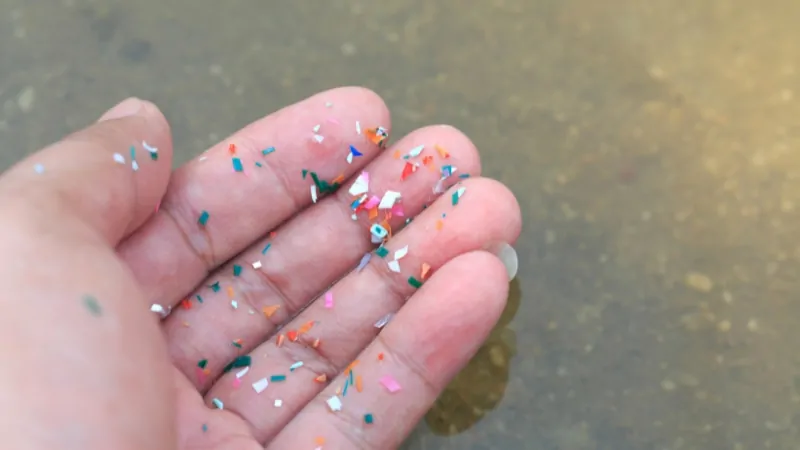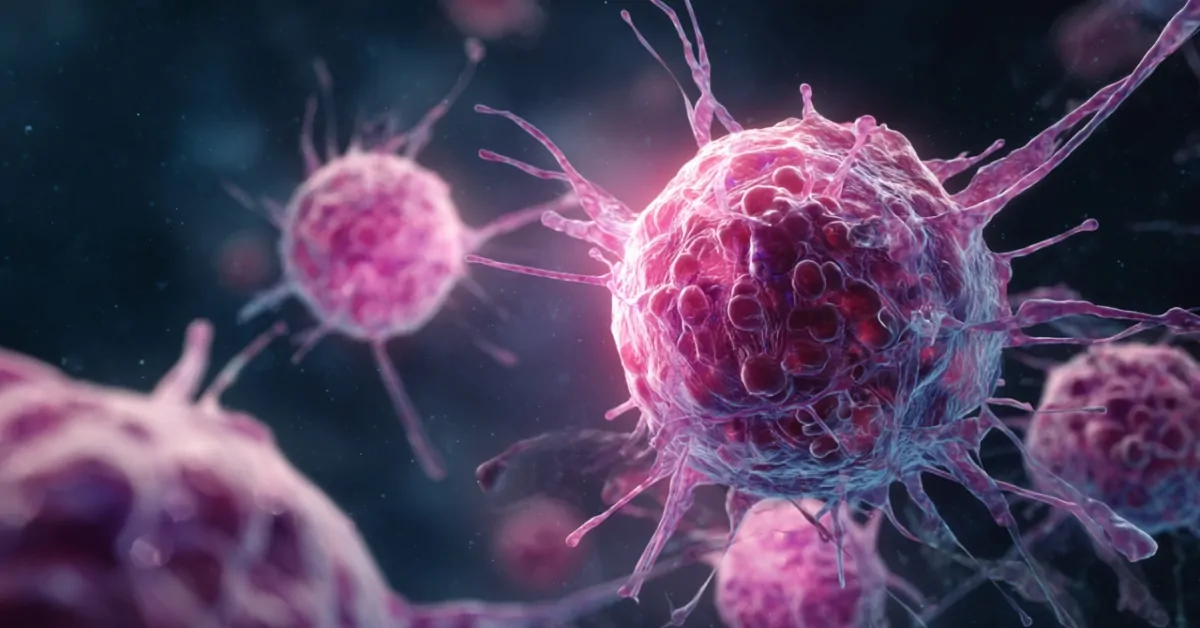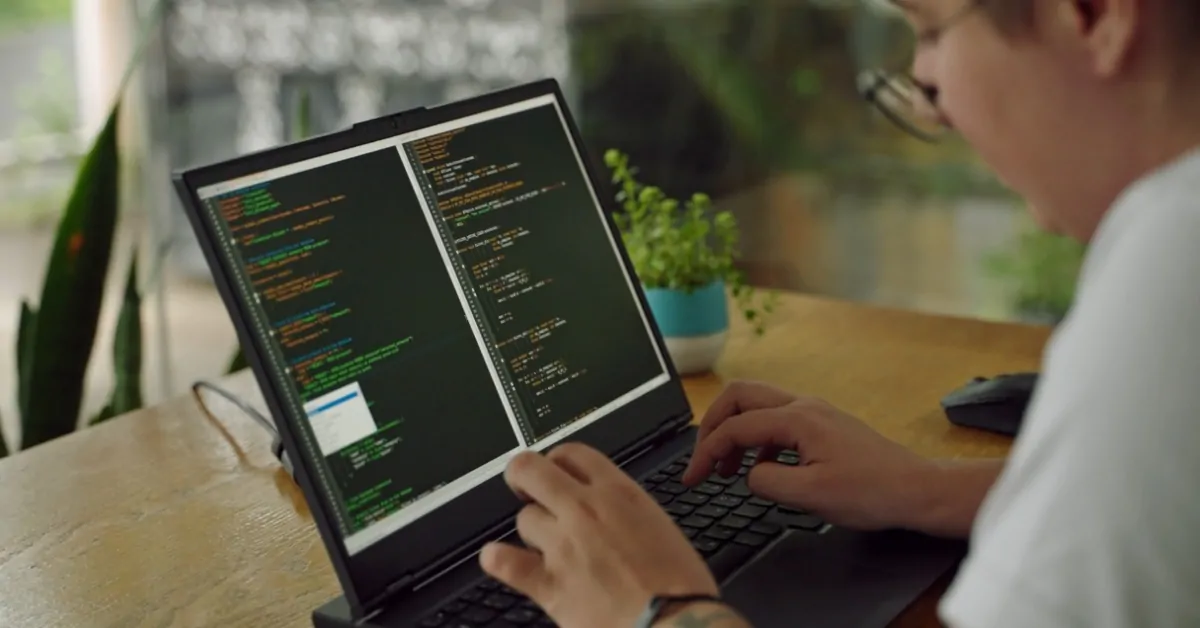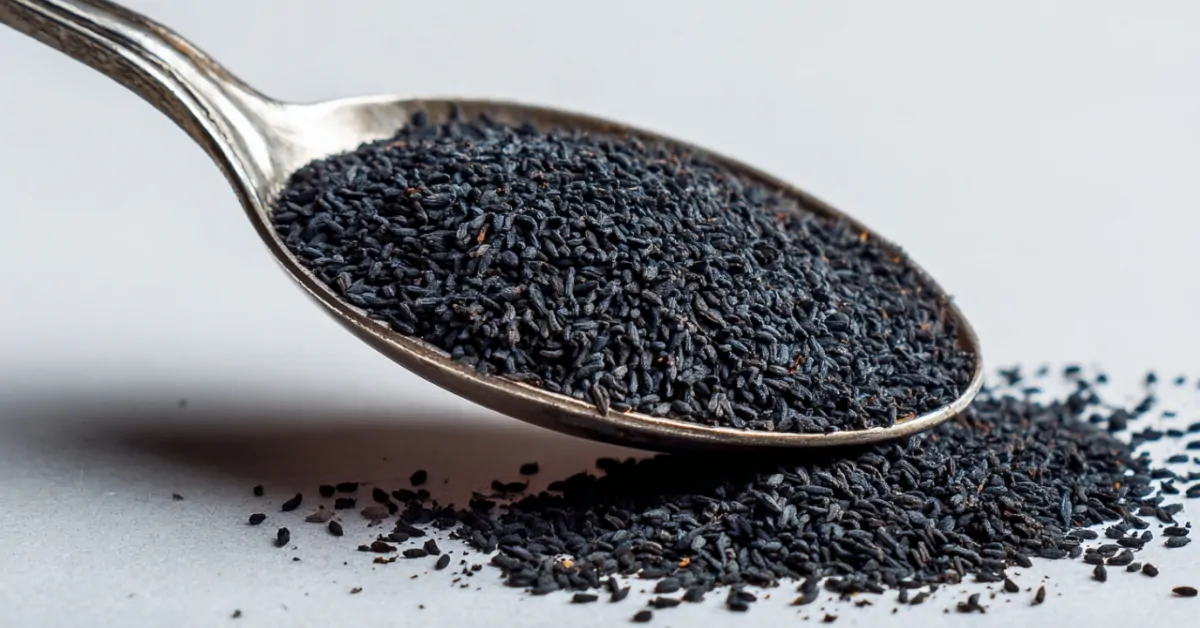Microplastics have become a defining environmental concern of our time.
They are tiny fragments of plastic less than 5 millimeters in size, formed when larger pieces of plastic, bottles, bags, or fibers break down under sunlight, waves, or wear. Some are even manufactured intentionally for cosmetics, cleaning agents, or industrial processes.
According to UNEP, about 2.7 million tonnes of microplastics had entered the environment by 2020, and that number is projected to double by 2040.
PMC notes that in marine ecosystems alone, 267 species are documented as ingesting microplastics: 44% of birds, 43% of mammals, 86% of turtles, and many fish.
But despite hearing the term constantly, most people still struggle to imagine just how small microplastics really are.
The phrase “invisible to the naked eye” doesn’t tell the full story; some of these particles are visible, while others are smaller than a red blood cell, capable of passing through the body’s natural defenses.
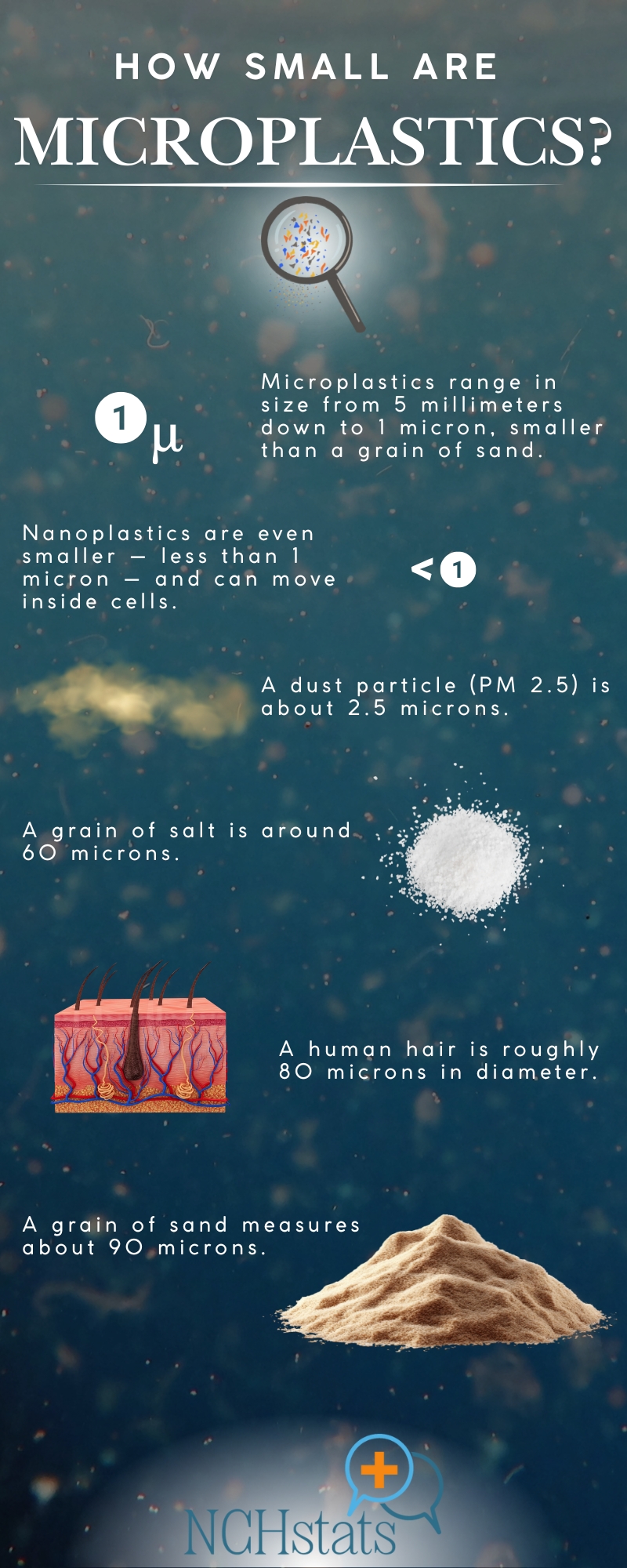
Table of Contents
ToggleScale: From Millimeters to Nanometers
Scientists divide plastic particles by size into three main categories:
Category
Size Range
Visible to the Naked Eye?
Description
Macroplastics
> 5 mm
Yes
Plastic bags, bottles, and packaging fragments
Microplastics
1 µm – 5 mm
Partly
Formed when larger plastics degrade
Nanoplastics
< 1 µm (less than 1/1000 of a millimeter)
No
So small that they behave like chemicals rather than particles
A micron (µm) equals one-millionth of a meter. For comparison, the diameter of a human hair is roughly 70–100 µm, and the smallest microplastics can measure just 1 µm, seventy times thinner than a hair.
Below is how microplastics compare with familiar particles you encounter every day.
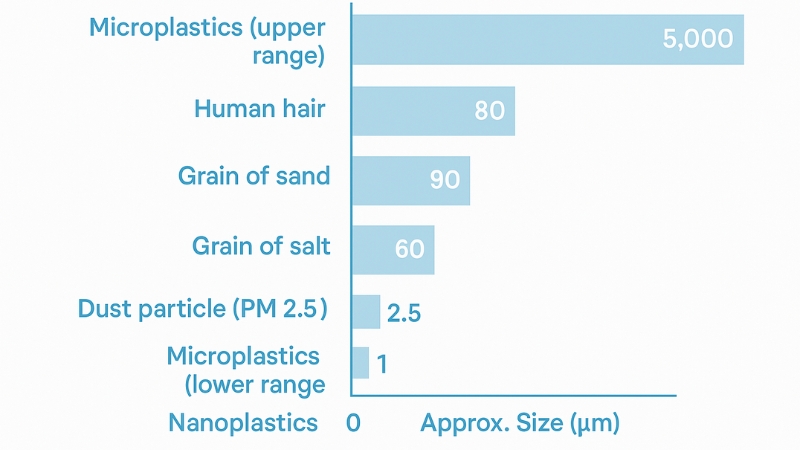
At this lower limit, microplastics cross into the nanoscale, where they can interact with biological systems in ways similar to nanoparticles used in medicine or electronics.
How Many Microplastics Are Floating Around?
At least 51 trillion microplastic particles are already in our oceans.
Here’s how we can turn the tide on plastic pollution: https://t.co/8BynYkllip https://t.co/7Egtr3ofzQ
— United Nations (@UN) January 10, 2018
The environmental load of microplastics is immense.
These numbers show that microplastics are not a fringe pollutant; they are globally abundant and ecologically pervasive.
How Microplastics Enter Our Bodies
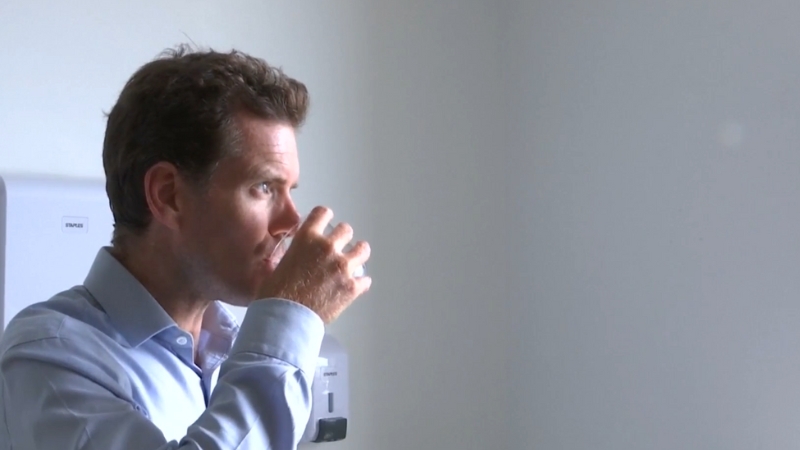
Microplastics are now found almost everywhere, from the deepest ocean trenches to mountain snow, from bottled water to human blood. They enter our bodies primarily through three main pathways:
1. Ingestion: Food and Water
Microplastics have been detected in seafood, table salt, honey, fruits, vegetables, and drinking water. Bottled water in particular shows high levels; one liter can contain tens of thousands of particles, according to research from Columbia University in 2024.
The World Wildlife Fund once estimated that an average adult could ingest up to 5 grams of plastic per week, roughly the weight of a credit card. Though the exact number remains debated, there’s no question that human diets are now laced with microplastic traces.
2. Inhalation: Breathing Plastic Dust
We also inhale microplastics, especially indoors. Synthetic fabrics such as polyester, nylon, and acrylic shed microscopic fibers every time we wear or wash them.
Indoor air contains higher concentrations than outdoor air, roughly 1–60 particles per cubic meter, depending on ventilation. Over the years, this exposure accumulates.
3. Skin Contact and Transdermal Absorption
While skin is a strong barrier, smaller or weathered particles, especially those carrying chemical additives, can potentially pass through under certain conditions.
Sunscreens, scrubs, and some cosmetics have historically used microbeads, tiny manufactured plastics that contact the skin directly.
4. Maternal Transfer: The Next Generation
Perhaps most concerning, researchers have identified microplastics in human placenta, breast milk, and fetal tissues.
One Italian study found 12 plastic fragments between 5–10 µm in each placenta sample. This implies that plastic exposure can begin even before birth.
The Journey Inside: What Happens After Entry
Once inside, microplastics can travel through the digestive tract, lungs, bloodstream, and even organs. Their small size allows them to cross biological barriers that larger particles cannot.
Because of this mobility, researchers believe microplastics act as chemical carriers, adsorbing toxins, heavy metals, and persistent organic pollutants like PCBs or dioxins. Once inside the body, these substances can leach out, amplifying toxicity.
What Science Says About the Health Impact
It’s still early days for microplastic health research, but dozens of studies across animals and cell cultures show consistent warning signs.
Type of Effect
Observed Mechanism
Potential Human Relevance
Oxidative stress
Generates reactive oxygen species (ROS) that damage cells
Linked to aging, inflammation, and chronic disease
Inflammation
Triggers an immune response in the lungs and intestines
May contribute to asthma, IBD, or chronic inflammation
DNA damage
Induces genotoxicity in lab cells
Possible link to cancer risk, though unproven
Endocrine disruption
Releases additives like BPA, phthalates
Hormonal imbalances, reproductive harm
Neurotoxicity
Nanoplastics can cross the blood–brain barrier
Memory, cognition, and neural development concerns
Cardiovascular stress
Detected in artery plaque tissue in the 2024 study
Potential increase in heart attack and stroke risk
Reproductive toxicity
Animal studies show reduced sperm count and ovarian damage
Human parallels under investigation
What We Know So Far
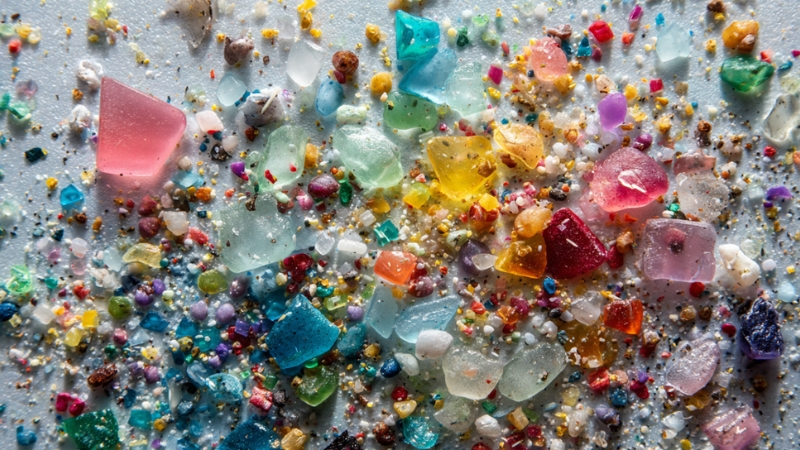
The Harvard Medical School Review (2024) summed it up bluntly: “Microplastics are everywhere, including in us. The question is no longer whether we’re exposed, but what that exposure is doing.”
Why Size and Shape Matter
Not all microplastics behave the same. Their shape, size, and surface chemistry determine how they move, where they lodge, and how toxic they become.
Property
Why It Matters
Size
Smaller particles (especially <1 µm) are more likely to cross membranes and accumulate in tissues.
Shape
Fibers can entangle in the lungs; spheres move easily through fluid; fragments have sharp edges that cause more irritation.
Surface area
Rough or aged surfaces attract more pollutants and microorganisms.
Chemical composition
Additives (BPA, PVC stabilizers, flame retardants) increase potential toxicity.
Weathering in sunlight or saltwater also changes particle chemistry, making them more reactive and prone to binding pollutants like lead, mercury, or persistent organic compounds.
Microplastics in Everyday Life: Where They Come From
@cleotrapa YALL MICROPLASTICS IS EVERYWHERE OMG WE CAN’T ESCAPE ITTTTTT 😩😩😩😩😩😩😩😩😩😩😩😩 my biggest scare is now the pacifier! We have to stop making those omg #waterbottle #microplastics #everywhere #cleotrapa #fypシ ♬ original sound – Cleotrapa 💋
The majority of microplastics are not produced intentionally; they’re the by-products of normal modern life.
Source
Example
Contribution
Synthetic textiles
Washing polyester, nylon, or acrylic clothing
Up to 35% of ocean microplastics
Tire wear
Abrasion from driving
A major source of urban runoff particles
Single-use plastics
Bottles, packaging, wrappers
Break down through UV and friction
Personal care products
Old microbead exfoliants, toothpaste
Now banned in many countries
Industrial abrasives
Sandblasting, paints, coatings
Micro- and nanoplastics in occupational air
Each wash, drive, or toss sends microscopic fragments downstream to rivers, soil, air, and ultimately the oceans. From there, plastics are eaten by plankton, fish, and shellfish, re-entering the human food web.
Environmental and Biological Persistence
Unlike organic matter, plastic doesn’t biodegrade. It breaks down into smaller and smaller fragments, eventually reaching the nanoscale, but never truly disappears.
In ocean water, a single polyethylene bag can fragment into hundreds of thousands of microplastics within years.
These particles absorb sunlight, heat, and chemical residues, altering the physical properties of soils and marine sediments. In marine ecosystems, they are mistaken for food by zooplankton and fish larvae, disrupting feeding and growth cycles.
Because microplastics float, sink, and travel on wind currents, they have become a planetary pollutant, found from Arctic snow cores to Antarctic ice, from remote mountain lakes to human bloodstreams.
The Global Research Frontier
Here’s where the scientific frontier is headed:
The European Chemicals Agency and U.S. EPA now classify microplastics as emerging contaminants, similar to PFAS (“forever chemicals”), warranting global monitoring.
Conclusion
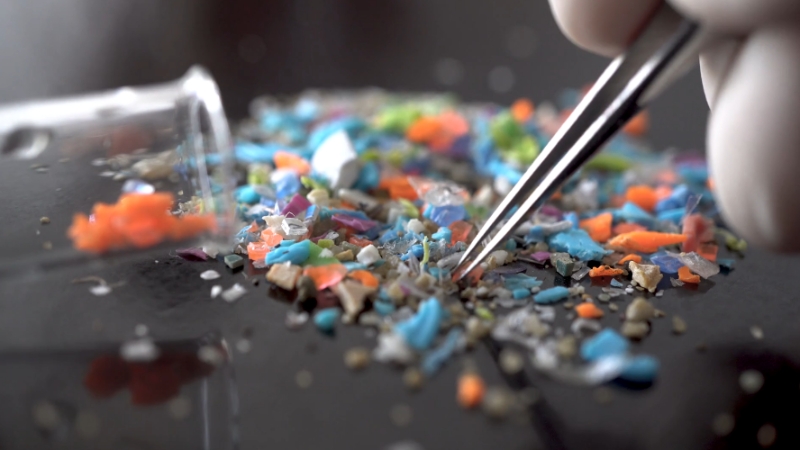
Microplastics are not just a problem of littered beaches; they are a molecular-scale pollutant now embedded in every layer of our environment and our bodies. From 5-millimeter fragments down to 0.001-micron nanoparticles, they occupy a size range that defies perception but not impact.
At the upper end, you can see them floating in a bottle of polluted water. At the lower end, they can slip through a cell membrane or cross a placenta.
The scientific verdict is still forming, but the early signs are unmistakable: these tiny plastics can interact with living systems in ways we never intended. The smaller they get, the more they resemble a chemical exposure rather than a physical one, and that’s what makes them a silent, persistent threat.
Related Posts:
- U.S. Plastic Surgery Trends 2025 - The Most…
- The World’s Largest City You’ve Never Heard Of - Why…
- Can You Really Become a Nurse in Just 12 Months? 5…
- Experts Are Testing a Free Way to Mimic Ozempic -…
- 10 Highest-IQ States in the US for 2025 - What the…
- Eidetic Memory - How Rare Is It and Who Really Has It?


